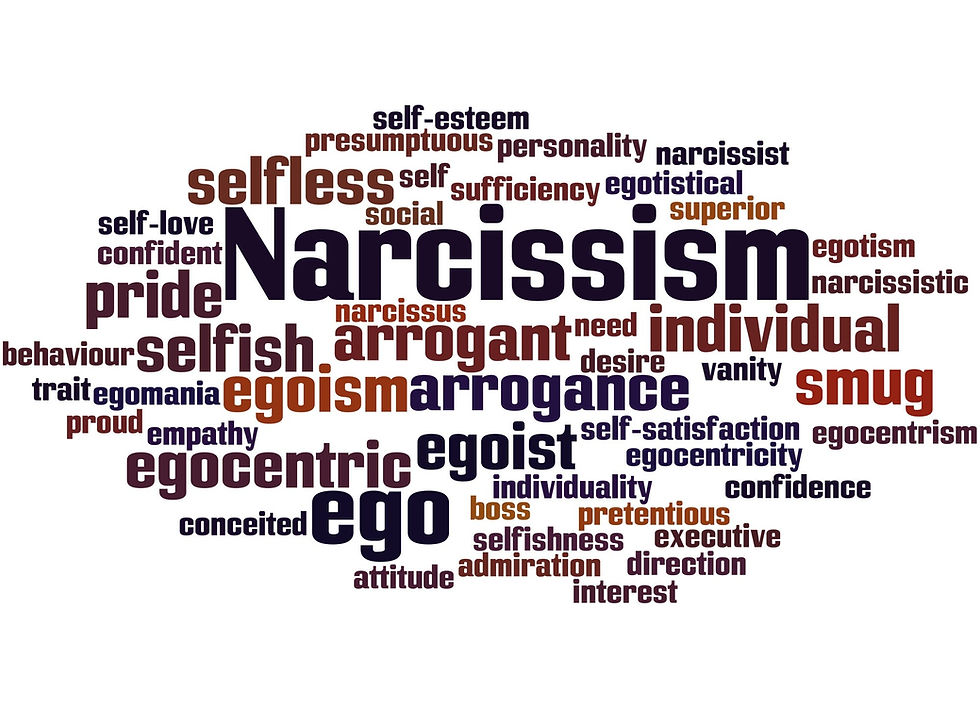Understanding Anxiety
- awakenjoycounselin
- Mar 1
- 2 min read

Generalized anxiety disorder is different from having occasional anxiety. GAD is when you worry about many different things all of the time.
Anxiety and generalized anxiety disorder (GAD) are related but distinct experiences. While everyone experiences anxiety from time to time, GAD is a persistent mental health condition that can significantly impact daily life.
Normal anxiety is a natural response to stressful situations or specific triggers. It's characterized by temporary feelings of worry, unease, or nervousness that typically subside once the stressor is resolved. For example, you might feel anxious before a job interview or when facing financial difficulties. This type of anxiety is usually proportional to the situation and doesn't interfere significantly with your daily functioning. Normal anxiety can often be managed through coping techniques and tends to be limited in duration.
Generalized anxiety disorder, on the other hand, is a chronic condition characterized by excessive, persistent worry that is difficult to control and often disproportionate to the actual circumstances. People with GAD experience anxiety about various aspects of life, even when there's no apparent reason for concern. This constant state of worry can last for months or even years, significantly impacting one's quality of life. GAD is diagnosed when symptoms persist for at least six months and include physical manifestations such as restlessness, fatigue, difficulty concentrating, muscle tension, and sleep disturbances. Unlike normal anxiety, GAD can interfere with work, relationships, and daily activities, making it challenging to relax or focus on tasks. The key distinction lies in the intensity, duration, and impact of the anxiety: while normal anxiety is a temporary response to stress, GAD is a persistent condition that can consume a person's thoughts and affect their ability to function normally in everyday situations.


Comments